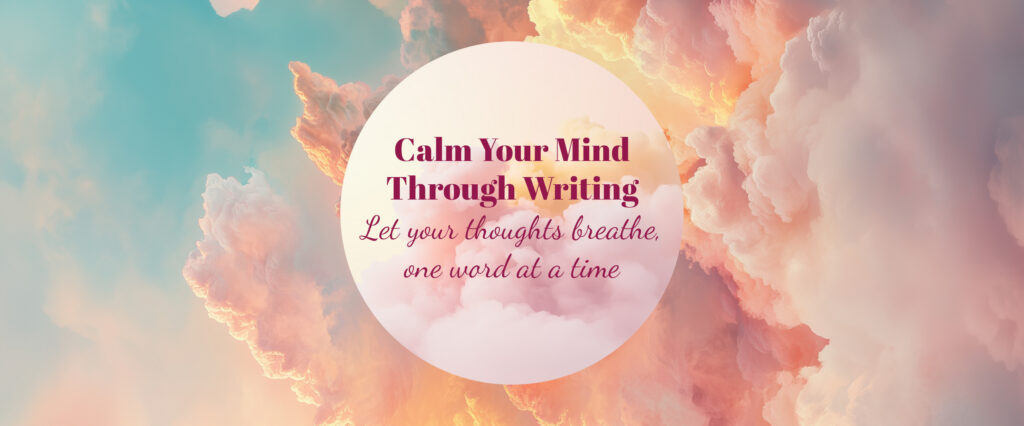
Life has a way of presenting us with challenges — sometimes small and fleeting, other times heavy and overwhelming. When we’re in the middle of it, it can feel like all we can see is the problem, and the solution seems far away. That’s exactly why I created this page in my Calm Your Mind Journal: to help you shift from feeling stuck to feeling empowered.
On the left, you’ll find The Dark Frame.
This is your safe place to put your problem into words — honestly, without judgment. What’s weighing on your mind? What’s bothering you right now? Writing it down is like shining a light on it. Suddenly, it’s no longer swirling in your thoughts, it’s right there on paper, where you can look at it from a distance. You might also choose to draw or sketch it — anything that helps you express what’s inside.
On the right, you’ll find The White Frame.
This is your space for possibilities, hope, and action. Here you shift your focus from the problem to the solution. Write down steps you could take, symbols of hope, or simply words that feel like light breaking through the clouds. You can also imagine this glowing white frame in your mind whenever you think about your problem — holding your solution safe inside.
This exercise is a gentle way to train your mind to see more than just obstacles. It helps you remember that you have choices, you have options, and most importantly, you have the ability to change how you respond.
If you find yourself feeling stuck this week, take a moment with these two frames. Give your problem a name, and then give your solution a place to live. Trust that answers often come when we make room for them.
Try it for yourself
- Name the challenge. What’s one thing currently weighing on you?
- Sketch or write it out. Let it out without filtering.
- Shift the focus. In the White Frame, note down one action, thought, or perspective that would help you move forward.
- Visualize the solution. Whenever the problem comes to mind, imagine it surrounded by light in your White Frame.





